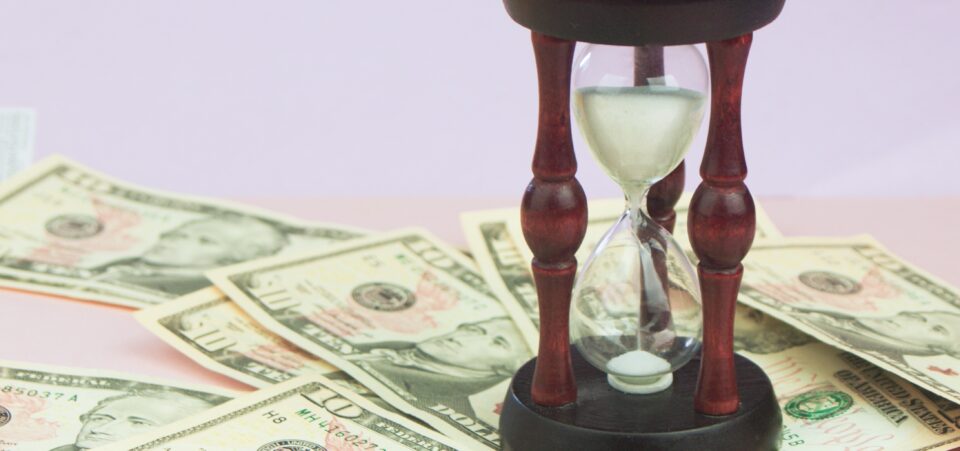History Says American Dollar’s Days Are Numbered
There’s a lot of noise about how the U.S. dollar won’t survive long. Let’s examine how soon the dollar could lose its value and status as a global reserve currency.
Looking from a historical perspective, since the emergence of fiat currency, no major currency has been able to hold reserve status for more than a few centuries. So, by that standard, the greenback’s days are numbered.
Currently, the U.S. national debt has really ballooned, and it could get a lot worse in the coming years. Plus, there’s a significant amount of political uncertainty in the U.S., compared to before.
These factors make a case for the American dollar losing its reserve status in the coming years.
U.S. Dollar Is Embedded Deeply
Many things have changed over the years, but the U.S. dollar is still deeply embedded in the global economy, so it’s extremely difficult to take out in the blink of an eye.
As of the second quarter of 2023, the countries that report their reserve data held US$6.57 trillion in their foreign exchange reserves. (Source: “Currency Composition of Official Foreign Exchange Reserve (COFER),” International Monetary Fund, last accessed October 26, 2023.)
Altogether, the greenback accounts for roughly 60% of all allocated foreign exchange reserves.
Assuming the American dollar is deemed not a “good,” what will happen to all those countries that hold immense amounts of it? It would be very difficult for them to ditch the dollar. Governments and central banks ditching the U.S. dollar quickly could result in a global economic and financial crisis.
Moving beyond foreign exchange reserves, what would happen to global trade and transactions if the American dollar disappeared quickly?
More than 90% of global trade is done in U.S. dollars. Over the years, it has acted as a stable and trustworthy currency.
It’s not just global trade and transactions to consider; a major portion of debt in the global economy is denominated in dollars. Plus, the greenback has proven to be a safe-haven currency in times of crisis.
The End of the American Dollar Has Begun, But…
Dear reader, it’s important to keep the big picture in mind when trying to assess where the U.S. dollar could be headed.
It’s naïve to think it would disappear overnight. If that did happen, severe consequences could follow. The price of everything would be affected, be it stocks, bonds, commodities, or other assets. The effects wouldn’t be limited to the U.S.; it would send shockwaves around the world.
However, as we see the power dynamics change in the global economy, I think the end of the American dollar may have begun. For instance, China has been taking strong strides to increase its global presence and conduct trade in its currency. If this accelerates, the greenback will have competition.
For now, though, the U.S. dollar remains the king currency.
I believe that, as the dollar gets challenged, there could be slow and dreadful declines in the beginning. Looking back at other fiat currencies that lost their reserve/dominant status, the process was never overnight. It started slowly and eventually picked up speed. It could be years until the U.S. dollar isn’t a reserve currency anymore.
In the meantime, for those who are investing for the long run, it might not be a bad idea to pay attention to gold. The yellow shiny metal has proven to be one of the best hedges against currency devaluation, and it has a very long track record of holding this title.






